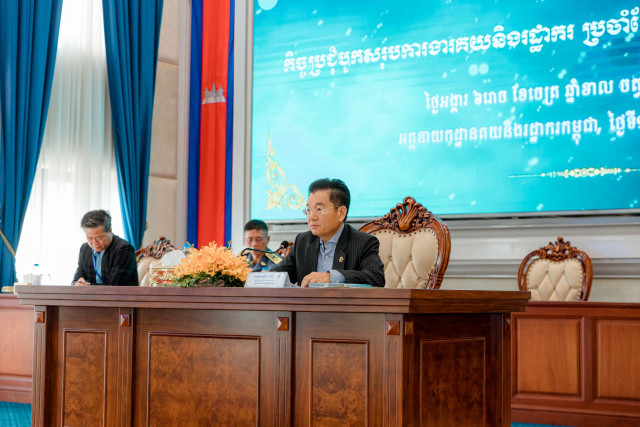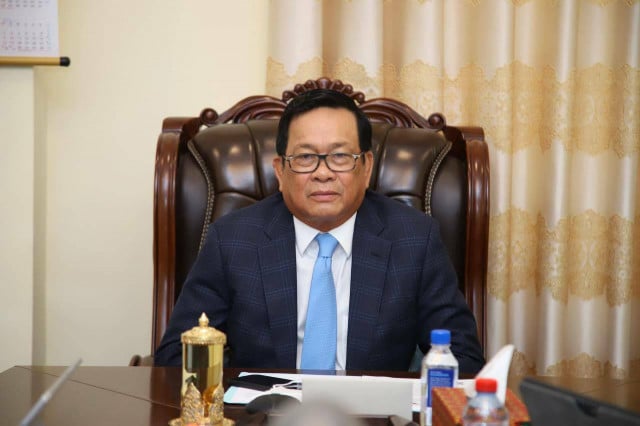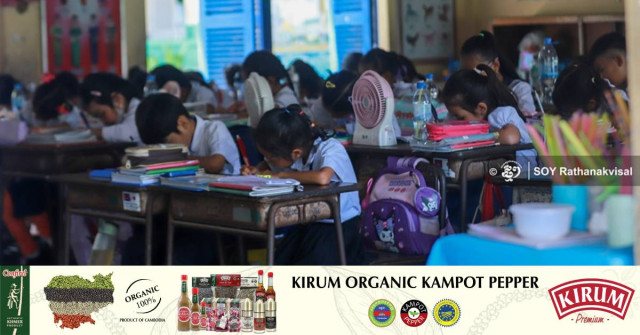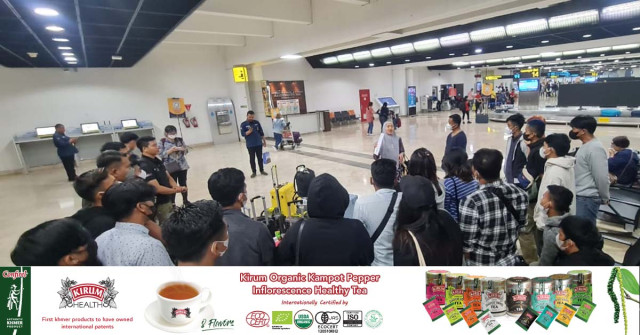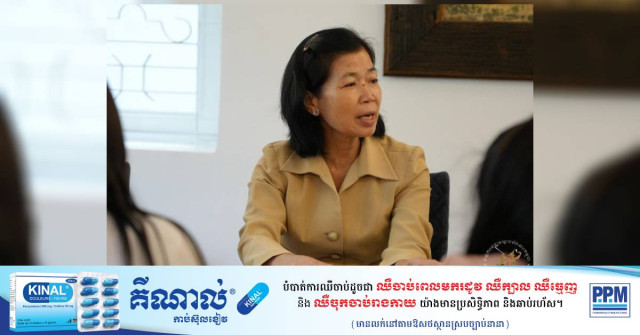Why Traditional Khmer Houses Matter in Angkor Park
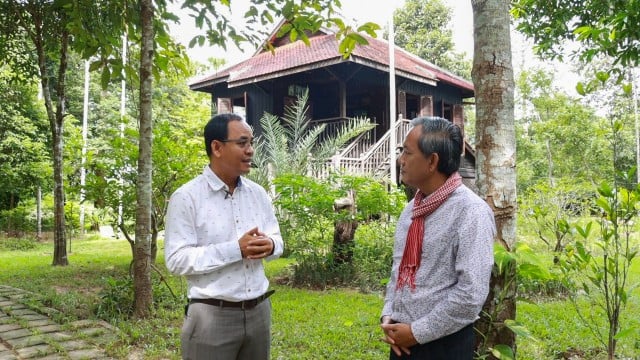
- Ky Soklim
- November 17, 2020 8:28 AM
As Siem Reap Province has born witness to rapid modernization and urbanization, the local economy has been transformed, but so too has the style. Thmey Thmey’s Ky Soklim spoke with Long Kosal of the Apsara National Authority about the value of preserving traditional Khmer architecture.
Ky Soklim: Roughly how many families live in the Angkor Park area?
Long Kosal: Since the time of the UNTAC (United Nations Transitional Authority in Cambodia) during the election of 1993, there were 100,000 people living in the Angkor Park area. However, as for now, it has been increasing very strongly. Because of this, it has presented us with an issue.
Ky Soklim: What issues have you encountered? I understand some people have been building houses that are out of keeping with the Apsara National Authority’s principles.
Long Kosal: Well, there are a lot of issues deriving from the ever-increasing population. The first problem is the increase in the number of people who originally lived in the Angkor Park. This is an increase which exerts pressure on the traditions and the lifestyles of the locals. The pressure also comes along with the expanding number of new house constructions. These are the major pressure points toward the area of the Angkor Park.
In any given situations, the Angkor Park has always been protected by the local people who live there, meaning the people must do whatever it takes to preserve the value of Angkor. Their involvement helps maintain the people-to-people connections in the area, but also protects the relationship between the people and the sacred items, this preserves the soul of the temples.
However, the increase in population from outside regions applies pressure which impact all these values. They have created changes in terms of mindsets, traditional practices and their style of living. All of these things do not produce a positive result for the Angkor Park.

Ky Soklim: So when the local lifestyle is disrupted, for example by people building larger houses despite the government’s principles, it damages the Angkor Park?
Long Kosal: It has been 25 years since the creation of the Apsara National Authority and it has been 28 years since the Angkor Wat temple was enlisted as a World Heritage Site. Over time, we have observed an increase in the number of people and this has led to the alteration of people’s mindset and lifestyles.
Especially, for example, the accent of some locals who live in Preah Dak village. Before, these locals had a very unique kind of accent as well as interactions. However, now all of these things have been changed. Furthermore, their housing structures have also changed. The newcomers just come and create a variety of things and their buildings also do not really go along with the plan. All in all, it leaves a negative result for the preservation of value in the Angkor Park.
Ky Soklim: So as the changes become more extreme, the original value of Angkor is being lost? Could this lead to a decline in Angkor Park’s value as a tourism and heritage site?
Long Kosal: Yes, this is one of the crucial jobs in the preservation of Angkor tourism site. What is important is to preserve the originality. In terms of originality, it may include the temples, the culture, and the landscape of tradition, as well as the lifestyles.
Ky Soklim: How concerning it is when the new structures aren’t in line with the originality of the local area?
Long Kosal: In the area of Angkor, we aim to promote the Khmer culture. That is why the Apsara National Authority has created regulations in preserving houses with traditional Khmer design. Recently, some citizens have seen their financial conditions improving, but they seem to be not so familiar with our regulations. The Apsara National Authority does offer ideas and explanations for their housing construction. We also offer discussions on the architectural plans in order for them to build their houses with the traditional Khmer design. Behind me is a model of a traditional Khmer house in which we encourage the local citizens to replicate when they construct their houses. We actually have five to six model houses on display. We really want the locals to construct their houses like this. Houses which are built high above ground. They may have their bedrooms on the upper floor and an empty space on their ground level for better ventilation.
Ky Soklim: When were the model houses built and what purpose do they serve? Are they just demonstrative models for locals or are they also part of the tourism experience?
Long Kosal: This model house was built around the year of 2005 or 2006. The purpose of this house is mainly to demonstrate to the public and especially the local citizens who live inside the Angkor Park to come and have a look. Nowadays, some of the locals have already accepted the authorities’ regulations. This model house is not only limited to the local people who live here. It is openly available to both domestic and international tourists. On the upper level of this model house, we also put on display the infography as well as other different miniature house models.
Ky Soklim: It’s a very attractive style of housing, but how many tourists would come to see this—before the COVID-19 pandemic I mean?
Long Kosal: Well, we had received a plentiful flow of tourists and especially the local tourists. Sometimes, they may enter to take photographs or find time to relax. We have also received information from foreign tourists by our tour guides—some of the foreigners understand that the way the Khmer people live matches our climate.







